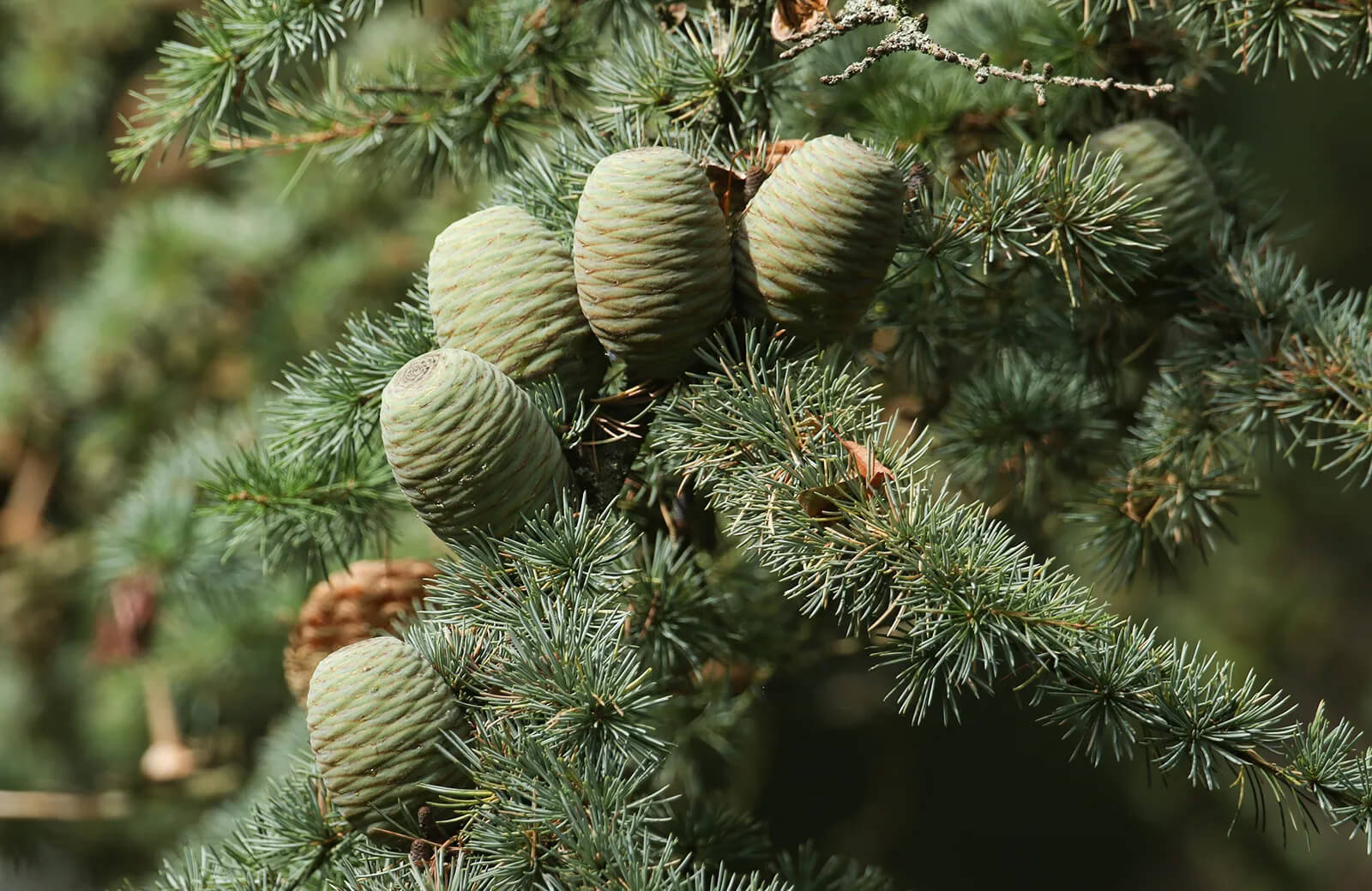- +033 2572 7171
- info@dhanvantary.com

4.5 Rating | 4500 Review

4.5 Rating | 4500 Review
Devdaru is an evergreen conifer tree that is inclined toward due to its sobbing propensity (nimbly hanging branches), this is highly found in the upper Himalayas they are usually used to line the streets or stand as a specimen tree in gardens or parks.

This is a conifer consisting of needles 1 to 2 inches long and can be somewhat greyish-green or bluish-green contingent developed into whorls of 20 to 30 needles as well as shows up separately on lengthy shoots. This is commonly known as the Devdar in Hindi, Malayalam, and Gujarati. In Punjabi, this herb is said to be diyaar, and in English, this tree is named Deodar. This plant grows at the elevation of 3500 to 12,000 feet from sea level.
Botanical Name
Cedrus deodara
Family
Pinaceae
Genus
Cedrus
Species
C. deodara
It balances Vata and Kapha dosha and is categorised under vedanasthapan mahakashaya.
